Leak detectors, also called gas detectors, per their application, detect, identify, and alert those in the area of gas or liquid system leaks. Using ultrasonic waves, sound, visible indicators, or flame ionization, leak detectors recognize changes in pressure and flow rates and can determine the size and composition of a leak. Many leak detectors are permanent members of a safety system, while others are temporary, detecting with portable sensors. Read More…
DOD Technologies is committed to providing great service and customer care. From inquiry to delivery, our highly skilled team provides exceptional support and accountability to our customers. We offer Service Contracts, Calibration Services, Start Up Services, Field Service & Training and Installation & Design.

SERV-I-QUIP specializes in gas leak detectors, including helium leak detectors and halogen sniffer for air conditioning and refrigeration manufacturers. We also offer the leak test gas recycle system plus the proof, leak, flow test system. See us for your HVAC/R and appliance process equipment.
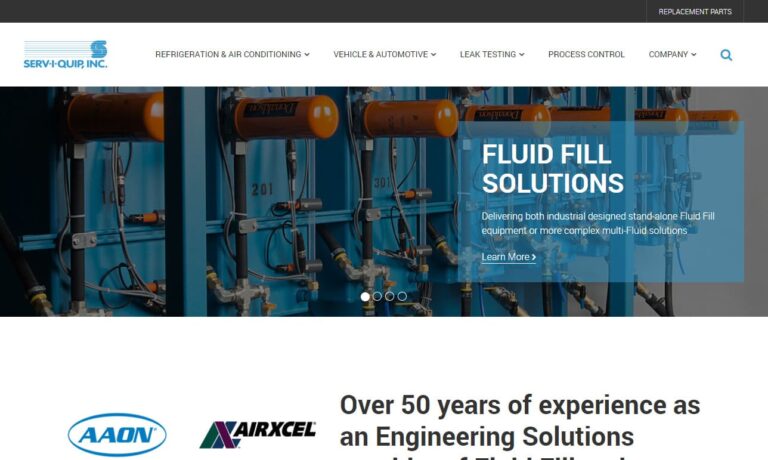
Vacuum Technology provides a variety of leak testing products including helium and refrigerant leak detectors. Our leak detectors offer quality of the highest industry standards for reliability and serviceability. We will custom design a leak detection system for you, so call us today!

ENMET, LLC is committed to providing gas detection solutions with quality products and services that conform to customer requirements. ENMET specializes in medical air, environmental and industrial health and safety monitoring instruments for a variety of hazardous gas conditions. ENMET’s focus is to provide innovative solutions utilizing sound engineering and quality manufacturing practices...
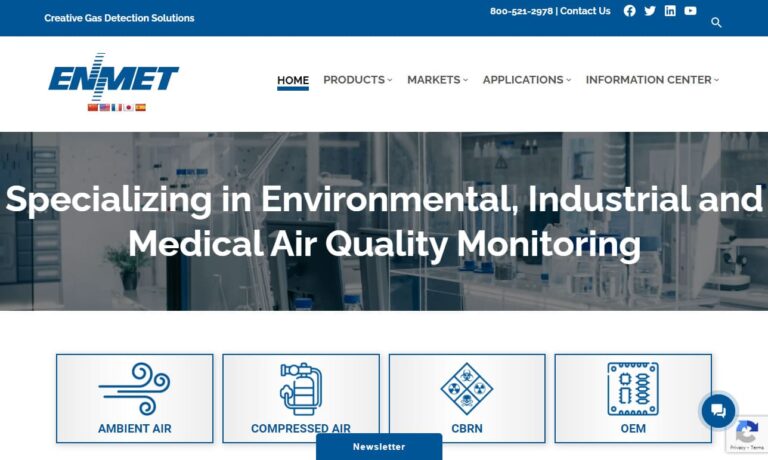
More Leak Detector Manufacturers
History of Leak Detectors
It may be surprising to modern sensibilities that early leak detection methods involved the literal sacrifice of living beings. During the Industrial Revolution and the growth of the coal industry, detecting toxic methane became crucial. To do this, workers were often sent into hazardous areas carrying a lighted torch and a wet blanket. Unsurprisingly, many of these workers perished due to combustion. This grim practice was eventually replaced by the use of canaries, which would alert miners to methane dangers by flapping violently in their cages when exposed to dangerous gases.
As the need for gas leak detection expanded beyond mining to industries such as wastewater treatment, oil refining, and metal bleaching, more advanced detection methods were developed. Early gas monitors, which used catalytic diffusion to detect methane, had the drawback of requiring manual updating. In the 1920s, Dr. Riken in Japan and Standard Oil Company in the US made significant advancements by introducing methods using light-wave interference and platinum catalysts for combustible gas detection. By the 1980s, gas detectors employing semiconductor technology emerged, marking a significant improvement in safety and accuracy.
Importance of Leak Detectors
Leak detectors are crucial in everyday life due to the various potentially hazardous gases used by humans, especially natural gas and refrigerants.
Natural gas is commonly used for water heating, home heating, cooking, and even powering automobiles. It is a naturally occurring blend of methane, ethane, butane, and propane, formed from organic matter subjected to heat and pressure within the earth. Once combined with crude oil, natural gas becomes one of the cleanest and most efficient energy sources. However, it poses risks because it is 70-90% methane, which is highly flammable. A small flame or spark can ignite leaked natural gas, leading to explosions or flash fires. Additionally, large quantities of methane can be fatal if ingested. Since natural gas is both colorless and odorless, detecting leaks—such as from damaged pipes or improperly installed appliances—can be challenging but is essential for safety.
Refrigerants, found in air conditioners, freezers, and refrigerators, also pose risks. These fluids easily transition between liquid and gas states, making them ideal for temperature control. For instance, air conditioning systems compress a gaseous refrigerant, heat it, and then cool it into a liquid, which absorbs heat from the surroundings and replaces it with chilled air. Older refrigeration systems often use chlorofluorocarbons (CFCs), including “Freon,” which, despite their efficiency compared to natural refrigerants like water, can lead to health issues (such as oxygen displacement) and environmental problems, like ozone layer depletion.
Additionally, gases such as carbon monoxide and propane can be dangerous in places where humans live and work. This is why it’s vital for heating systems, vehicles, furnaces, and refrigeration units—whether residential or commercial—to be equipped with leak detectors.
h3>Types of Leak Detectors
Leak detectors come in a variety of types and can be categorized in several ways. Broadly, they are divided into fixed and portable detectors. Fixed detectors are suitable for stationary settings like bedrooms or industrial plants with SCADA systems, while portable detectors, which are battery-operated, are designed for detecting gases in close proximity.
Another common way to categorize leak detectors is by the type of gas they detect. Although many detectors can analyze multiple gases, they are generally classified into those that detect combustible gases (like natural gas) and those that detect toxic gases (such as refrigerant leaks).
However, the most effective way to classify leak detectors is by the method they use to detect leaks. They employ various leak testing methods and sensors, with key characteristics including accurate leak location and measurement of leak rate.
Leak detectors fall into four main categories based on the equipment they use: gas leak detectors, electronic leak detectors, ultrasonic leak detectors, and flame ionization leak detectors.
Most detectors are gas detectors, which include devices for detecting halogen, vacuum, freon, and natural gas leaks. The term “gas detector” refers to the method used rather than the specific type of leak detected. Gas detectors work by introducing a tracer gas, such as hydrogen or helium, into a system. The detector then measures the leak rate with a mass spectrometer, allowing for quick detection and quantification of volatile organic compound leaks. Helium leak detectors, known as mass spectrometer leak detectors, are popular due to helium’s low cost, low atomic mass, and chemical inertness. Helium is pumped into the test product, ionized, and converted into an electric current. By measuring this current, users can determine helium concentration and identify any leaks.
Electronic leak detectors are known for their fast detection times and typically use one of two methods: heated diode detection or corona discharge detection. Heated diode detectors (also called semiconductor leak detectors) use a heated sensor to detect gas. These detectors are valued for their performance in low humidity and ability to detect both toxic and combustible gases. Corona discharge detectors are more complex, using a sensing tip with a corona discharge that sounds an alarm upon detecting gas molecule changes. Though older and primarily used for refrigerant leak detection, corona discharge detectors are less favored due to their tendency to produce false alarms from moisture, solvents, or dust compared to diode detectors.
Ultrasonic leak detectors identify gas leaks by translating the quiet, high-frequency sounds they produce into louder noises that are audible to humans. These detectors are primarily used for spotting significant gas leaks, with operators listening through headphones for changes in frequency.
Flame ionization leak detectors operate by creating a flame between two oppositely charged electrodes. This flame interacts with the gases present, generating ions. These ions then move through the field between the electrodes, creating a current. By measuring this current, operators can gauge the level of the leak, as the number of ions produced correlates with the concentration of the gas.
In addition to these primary types, there are various other leak detection tools available. Leak testers and gas analyzers use flow measurement to detect pressure changes. While technically, “detectors” identify abnormal substance concentrations and “analyzers” measure quantities that might not be abnormal, for practical purposes, analyzers are often considered a type of detector. Gas analyzers can identify the presence of specific gases but cannot pinpoint their location. Nonetheless, these tools are valuable for defining and monitoring mass spectrometers.
Infrared (IR) leak detectors are another significant category. They detect combustible gases by shining light between a transmitter and a receiver and checking whether the gas interrupts this light transmission. Some IR analyzers are designed specifically for monitoring CO2, while combustion analyzers measure both CO2 and flue gases.
Other detectors are tailored to specific applications. For instance, exhaust analyzers are designed to test emissions from vehicles and machinery, while residual analyzers are used for contamination and process control, particularly in semiconductor manufacturing.
Water Leak Detectors
Until recently, leak detectors have primarily been associated with detecting gas leaks. However, water leak detection equipment, commonly known as water leak detectors, is equally crucial in overall leak detection. Water can inflict significant damage if not properly managed; in fact, estimates suggest that water damage claims in the U.S. surpass both fire and break-in claims by more than double. Devices such as hot water tanks and frozen pipes are particularly susceptible to water leakage.
Most water leak detectors are electronic and function through sound. Even a small stream of running water generates sound waves. To detect these, water leak detectors are equipped with advanced sensors called transducers, which capture and amplify these signals. With the help of specialized computer programs that analyze sound frequencies, users can identify key details about the water leak, such as its location and the type of equipment involved. These detectors are essential for locating leaks in various systems, including drainage systems, industrial pipes, oil pipes, and steam pipes.
Historically, detecting water leaks relied solely on acoustic methods, which often posed challenges, as evidenced by the difficulties faced by ancient Roman aqueduct engineers. A significant advancement came in 1879 with the invention of the topophone, which enhanced the ability to pinpoint sound sources. While acoustic methods remain fundamental in water leak detection, modern techniques such as thermal/infrared imaging and ground radar have also been developed to improve detection capabilities.
Leak Detector Applications
Mechanical leak detectors are highly effective tools, able to identify much smaller leak rates compared to non-mechanized methods. These detectors are essential across various industries:
- Scientific and Automotive: Used in water pumps, measuring equipment, cylinder heads, hydraulic components, and calibrated volume vessels.
- Medical: Monitored fluid transfer devices, containers, pumps, and similar equipment.
- Automotive: Employed in quality control processes to ensure assembly line precision.
- Residential and Commercial: Provide safety by detecting carbon monoxide and water leaks.
- Welding Shops and Nuclear Plants: Prevent fires by identifying combustible gases.
- Wastewater Treatment Plants: Detect toxic gases.
Additional common applications include:
- Areas at or below grade susceptible to water intrusion
- Basement floors
- Near sump pumps
- Underwater heaters
- Under sinks
- Next to toilets
- Under or near laundry machines
- Under dishwashers
- Under refrigerators and ice machines
- Under fish tanks and aquariums
- Under swimming pool pumps and equipment
- In attic spaces under leaky roofs
- Inside hot tubs
Industrial Applications:
- Elevator pits
- Low points in flooring
- Electric motor control centers
- Pump rooms
- Restrooms
- Food service areas
- Eye wash stations
- Laundry facilities
- Storage areas
Leak Detector Care and Upkeep
To ensure the longevity and optimal performance of your leak detector, handle and maintain it with care. To extend its life, follow these practices: inspect the detector before and after each use, clean it regularly with a soft, damp cloth, store it in a dry location, replace low batteries promptly (especially for portable models), and remove batteries if you plan to store the detector for an extended period to prevent leakage.
.

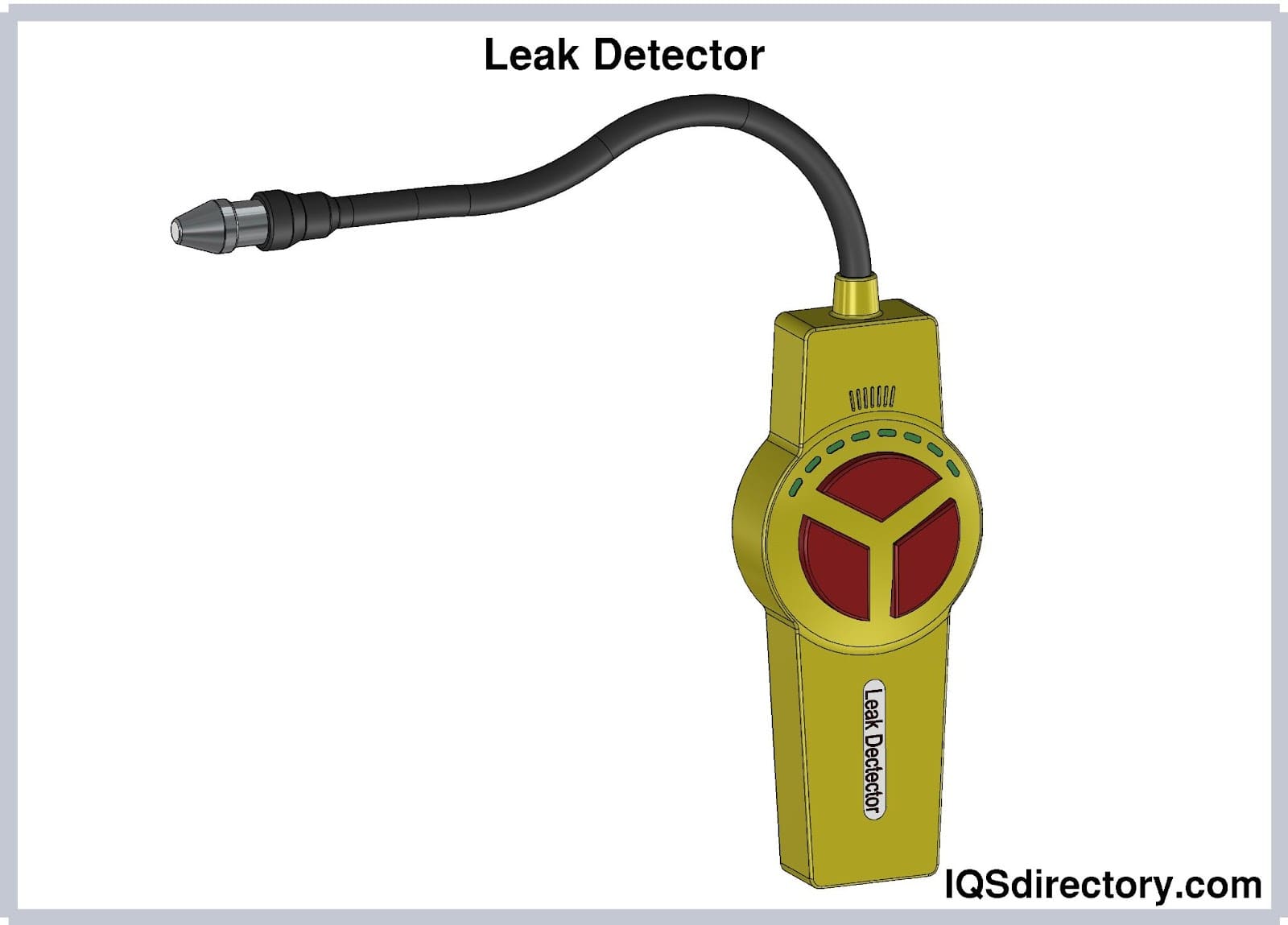
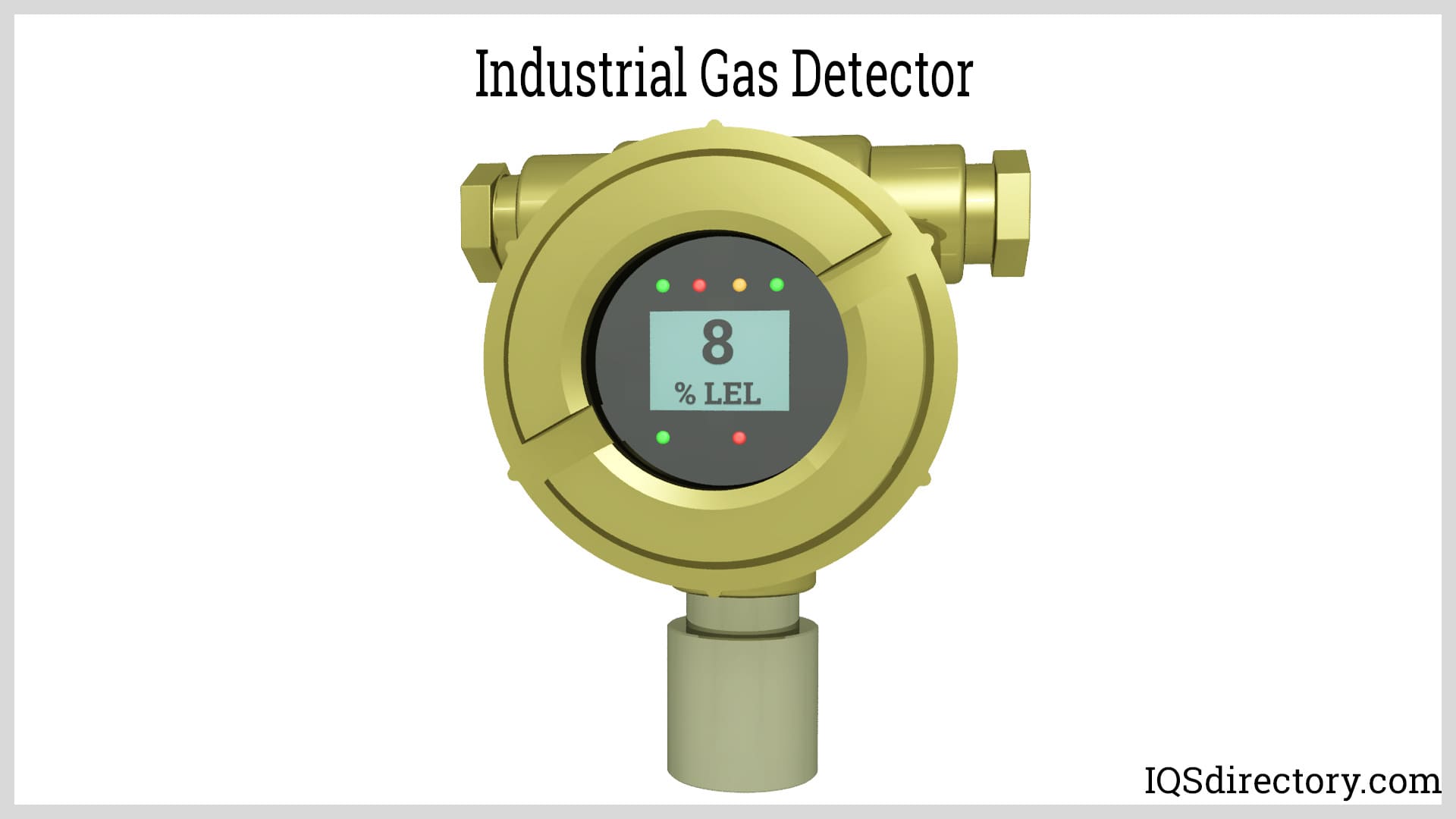
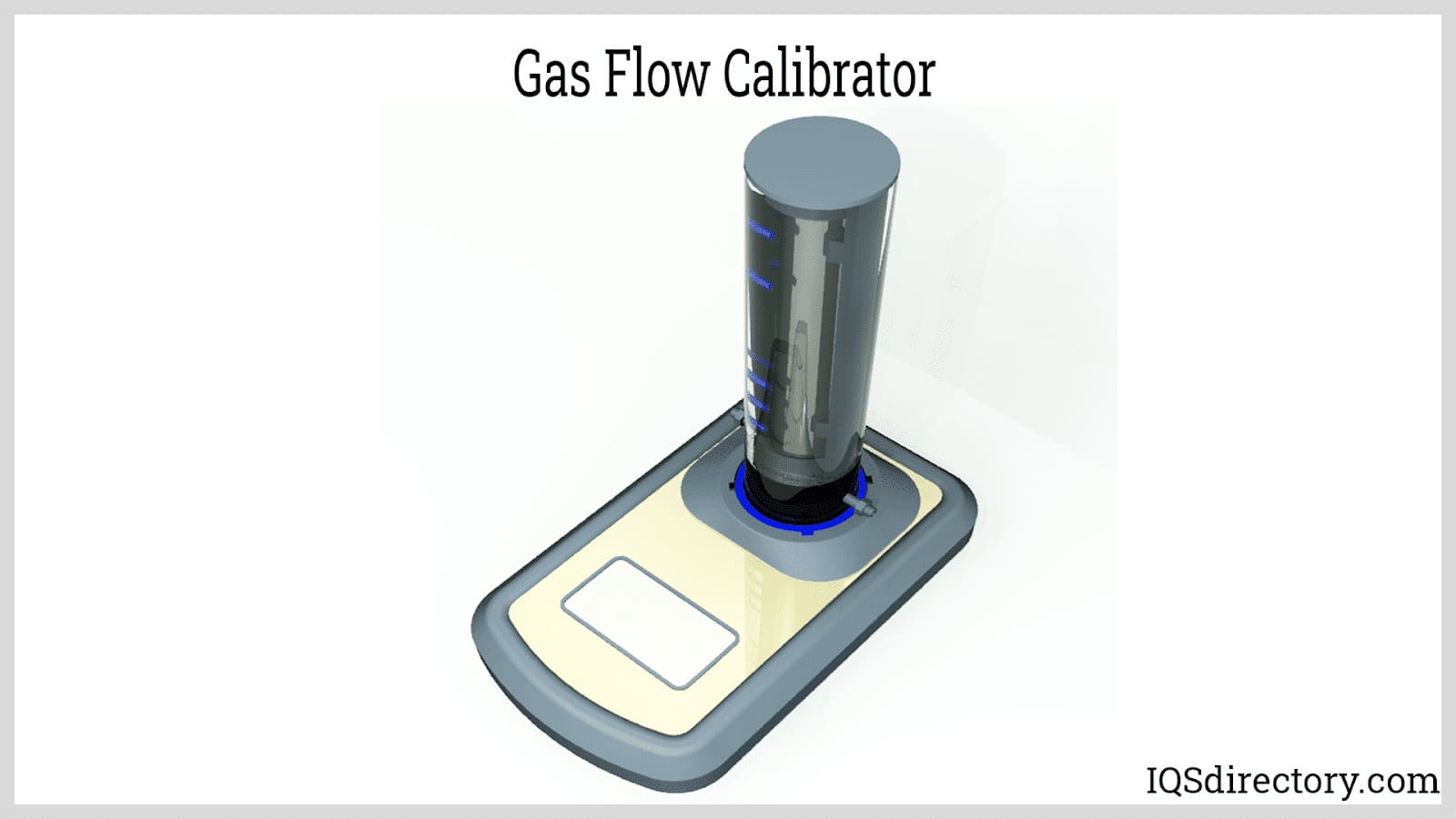
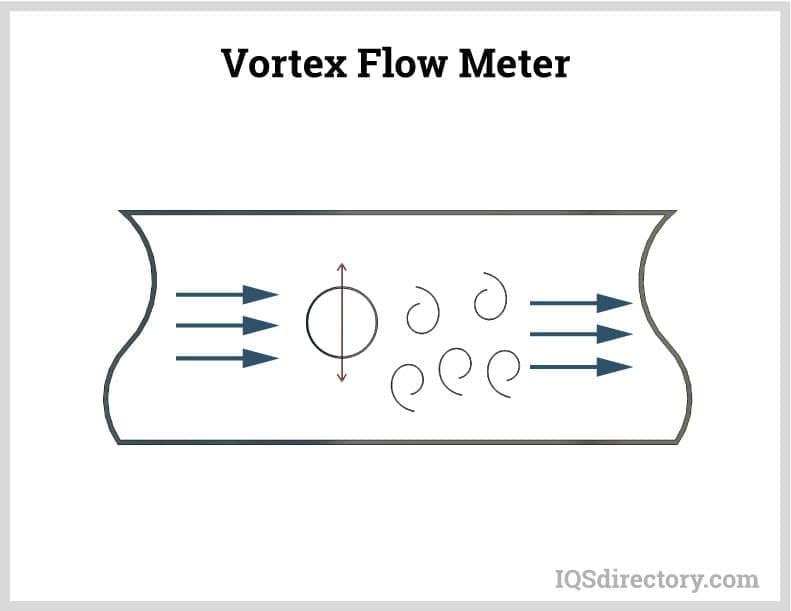
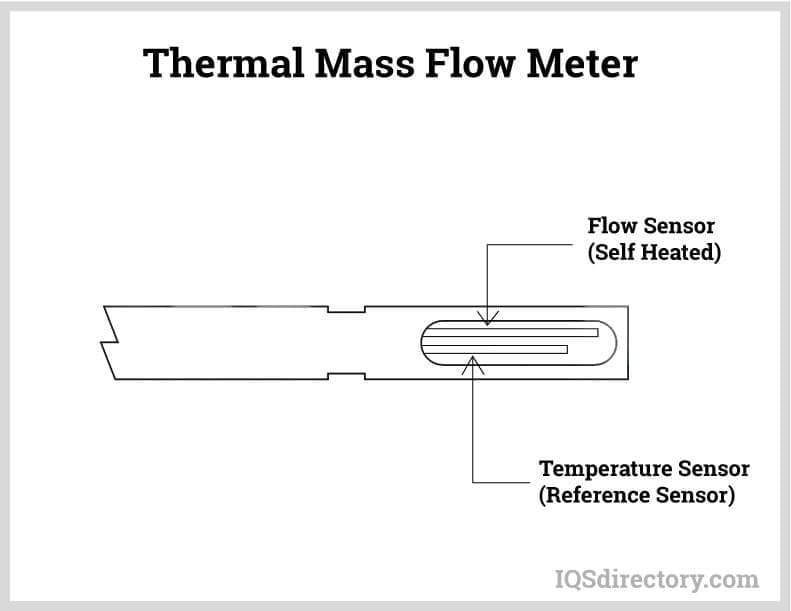
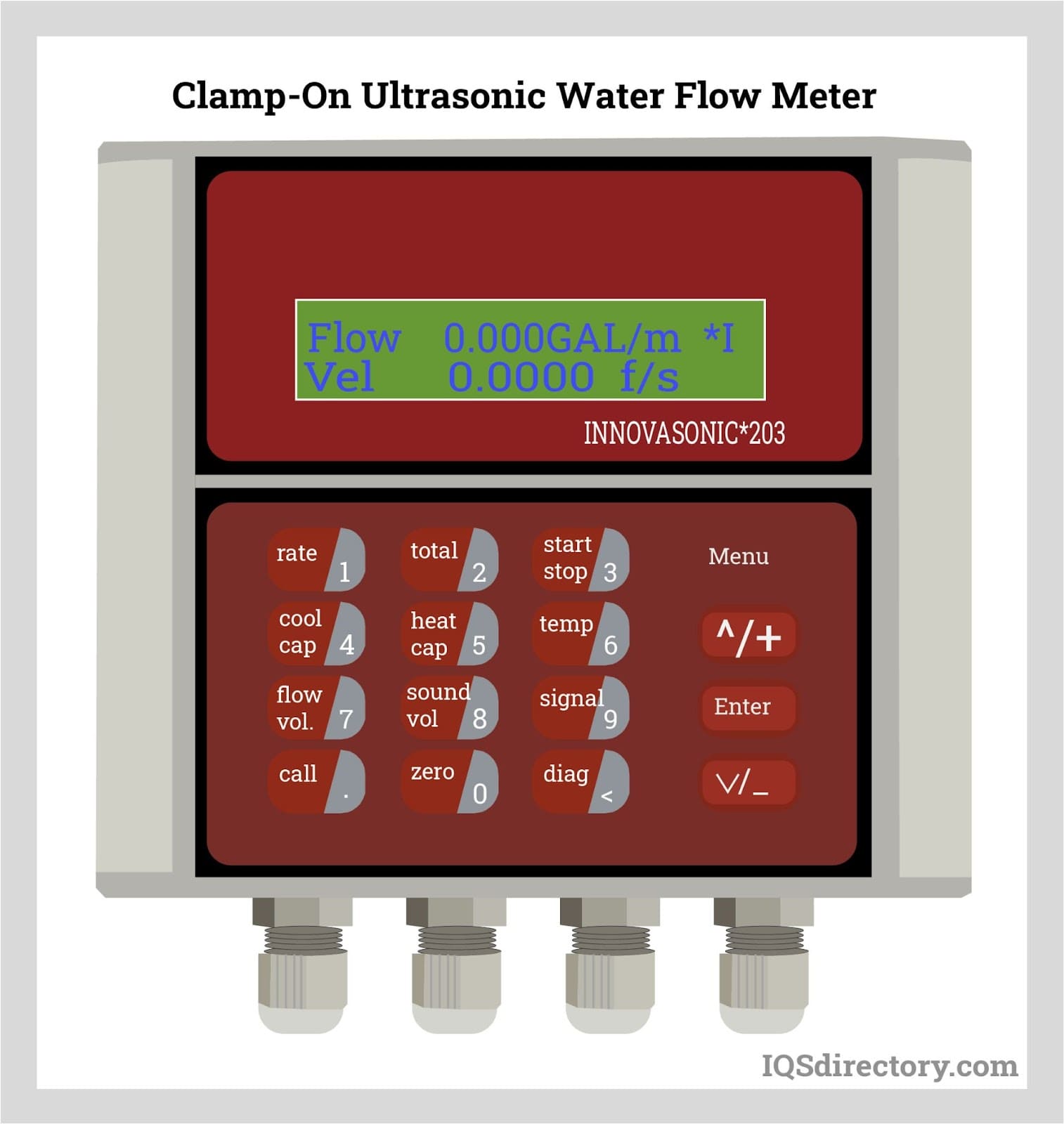
 Calibration Services
Calibration Services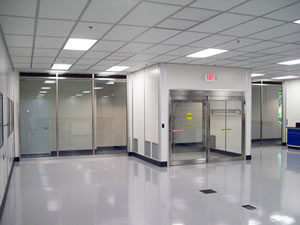 Clean Rooms
Clean Rooms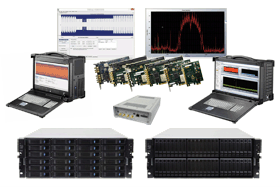 Data Acquisition Systems
Data Acquisition Systems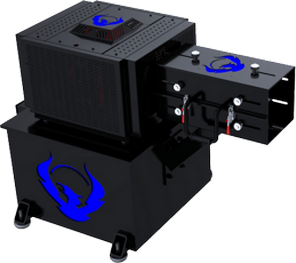 Dynamometers
Dynamometers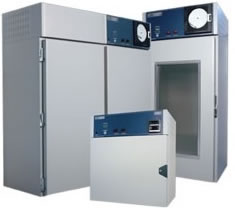 Environmental Test Chamber
Environmental Test Chamber Leak Detectors
Leak Detectors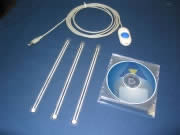 Load Cells
Load Cells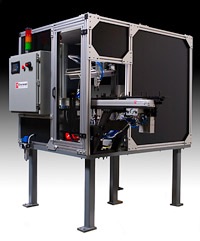 Machine Vision Systems
Machine Vision Systems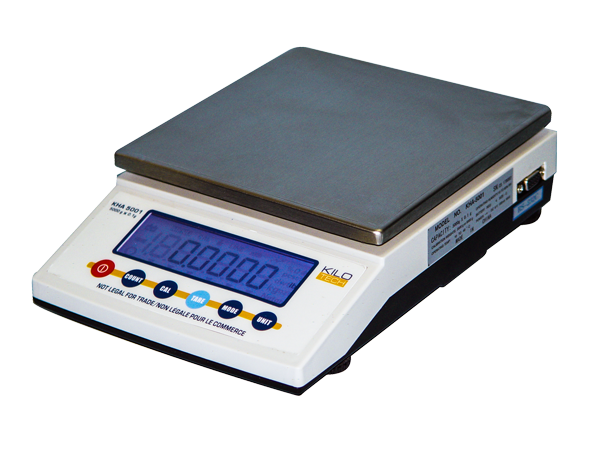 Scales
Scales Thermocouples
Thermocouples Castings & Forgings
Castings & Forgings Bulk Material Handling
Bulk Material Handling Electrical & Electronic Components
Electrical & Electronic Components Flow Instrumentation
Flow Instrumentation Hardware
Hardware Material Handling Equipment
Material Handling Equipment Metal Cutting Services
Metal Cutting Services Metal Forming Services
Metal Forming Services Metal Suppliers
Metal Suppliers Motion Control Products
Motion Control Products Plant & Facility Equipment
Plant & Facility Equipment Plant & Facility Supplies
Plant & Facility Supplies Plastic Molding Processes
Plastic Molding Processes Pumps & Valves
Pumps & Valves Recycling Equipment
Recycling Equipment Rubber Products & Services
Rubber Products & Services